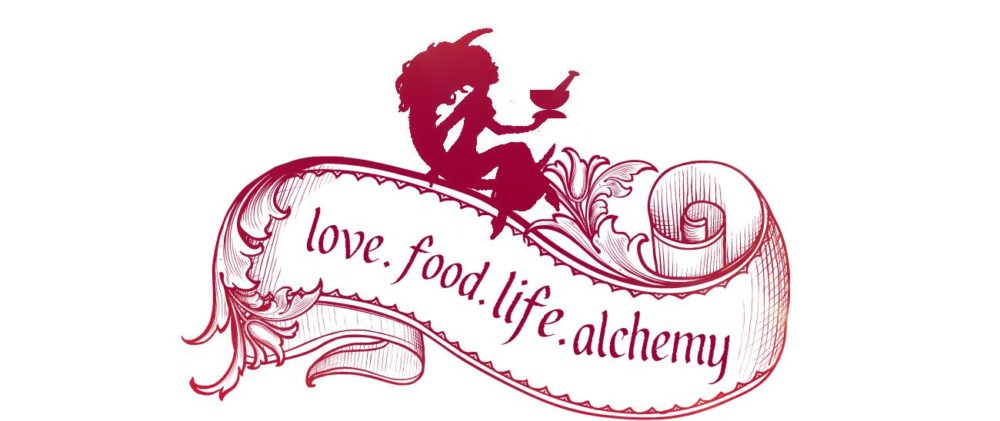New Orleans is a Louisiana city on the Mississippi River, near the Gulf of Mexico. The cities architecture and areas like the French Quarter are testament to its rich history and culture. Established by French colonists and strongly influenced by their European culture, it is well known for its distinct French and Spanish Creole architecture, as well as its cross-cultural and multilingual heritage. The city is named after the Duke of Orleans, who reigned as Regent for Louis XV from 1715 to 1723.

Cities of the Dead
Only in New Orleans, which is unique in so many ways, could cemeteries be major tourist attractions. However, because the city is built on a swamp, the deceased have to be buried above ground in elaborate stone crypts and mausoleums. Over time the cemeteries, with elaborate sculptures and other decorative artwork embellishing the tombs, have come to resemble small villages. They are known by the nickname of “Cities of the Dead.” The most famous cemetery, St. Louis Cemetery, is walking distance from the French Quarter and the Downtown area. Located on historic Basin Street, it is the burial place of Marie Laveau, the legendary “voodoo queen.”

Voodoo
Voodoo is a cultural form of the Afro-American religions developed by enslaved West Africans and the French, Spanish, and Creole populations of Louisiana. Voodoo has become part of the tourist attractions in New Orleans. You can find plenty of shops selling charms, gris-gris, candles, and powders cater to both tourists and practitioners.

The Big Easy
Nicknamed the “Big Easy,” New Orleans is known for its round-the-clock nightlife, vibrant live-music scene and spicy, singular cuisine reflecting its history as a melting pot of French, African and American cultures. Not to be missed is the historic Café du Monde, world famous for its cafe’ au lait, beignets, and the opportunity to people watch. The beignets, which are square French -style doughnuts, are lavishly covered with powdered sugar.
 Yes, Bayou Alligator Burgers are a real thing! You can find alligator stewed, deep fried, roasted, smoked, you name it, they have it. However, the most popular is probably the Gator Burger.
Yes, Bayou Alligator Burgers are a real thing! You can find alligator stewed, deep fried, roasted, smoked, you name it, they have it. However, the most popular is probably the Gator Burger.
 Mardi Gras
Mardi Gras
Embodying its festive spirit is Mardi Gras, the late-winter carnival famed for raucous costumed parades and public partying. First of all, it should be noted that Carnival and Mardi Gras are not the same. Carnival refers to the period of feasting and fun that begins on Jan. 6, The Feast of the Epiphany. Mardi Gras refers to Fat Tuesday, the final day of revelry before Ash Wednesday, when Lent begins.
 The origins of Mardi Gras can be traced to medieval Europe, passing through Rome and Venice in the 17th and 18th centuries to the French House of the Bourbons. From here, the traditional revelry of “Boeuf Gras,” or fatted calf, followed France to her colonies.
The origins of Mardi Gras can be traced to medieval Europe, passing through Rome and Venice in the 17th and 18th centuries to the French House of the Bourbons. From here, the traditional revelry of “Boeuf Gras,” or fatted calf, followed France to her colonies.


The first Mardi Gras parade was held in New Orleans on Feb. 24, 1857 by the Krewe of Comus. They began the tradition of presenting a parade with floats and following it with a ball for the krewe and their guests. The tradition of float riders throwing trinkets to the crowds began in the 1870s, and continues today. Typical throws include beads, cups, doubloons and stuffed animals. It is to be noted that the colors of Mardi Gras are not haphazardly picked for their vibrancy, but they are rather meaningful. Purple represents justice, green represents faith. gold represents power.


